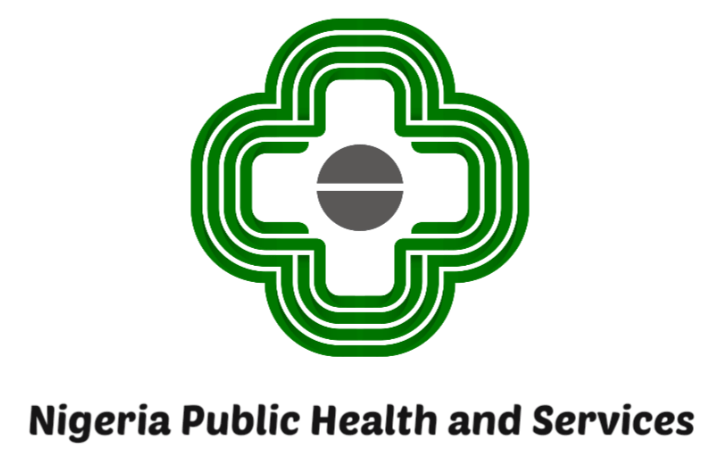Back Pain: An Informative Overview
Back pain is a common health issue affecting people of all ages. It can range from mild discomfort to severe pain that interferes with daily activities. Understanding the illness, its symptoms, causes, diagnosis, treatment, and prevention is essential for effective management.
Conditions Related to Back Pain
Back pain can be caused by various conditions, including:
- Muscle or ligament strain
- Bulging or ruptured discs
- Arthritis, such as osteoarthritis
- Skeletal irregularities like scoliosis
- Osteoporosis leading to vertebral fractures
- Sciatica, caused by nerve compression
Symptoms of Back Pain
The symptoms vary depending on the underlying cause but commonly include:
- A dull, aching sensation in the lower back
- Sharp, localised pain
- Pain that radiates down the legs
- Muscle spasms
- Limited range of motion
- Numbness or tingling in the extremities
Causes of Back Pain
Several factors contribute to back pain, including:
- Poor posture and ergonomics
- Sedentary lifestyle and lack of exercise
- Overuse or injury from lifting heavy objects
- Ageing and degenerative changes in the spine
- Obesity, which puts extra strain on the back
- Psychological stress, which can increase muscle tension
Diagnosis of Back Pain
Diagnosing the cause of back pain usually involves:
- A thorough medical history and physical examination
- Imaging tests such as X-rays, MRI, or CT scans to view bones and soft tissues
- Blood tests to detect infections or inflammatory conditions
- Nerve studies are performed if nerve damage is suspected
Treatment Options for Back Pain
Treatment depends on the cause and severity of back pain and may include:
- Rest and activity modification
- Physical therapy to strengthen muscles and improve flexibility
- Medications such as pain relievers, anti-inflammatories, or muscle relaxants
- Hot or cold therapy to reduce pain and inflammation
- In severe cases, surgical intervention may be necessary
Prevention of Back Pain
Preventive measures can significantly reduce the risk of developing back pain:
- Maintain good posture when sitting, standing, and lifting
- Engage in regular physical activity and exercises that strengthen the back and core muscles
- Use ergonomic furniture and equipment at work and home
- Maintain a healthy weight
- Avoid smoking, which can impair blood flow to the spine
By understanding back pain and adopting healthy habits, individuals can manage symptoms effectively and reduce the chances of future episodes.
